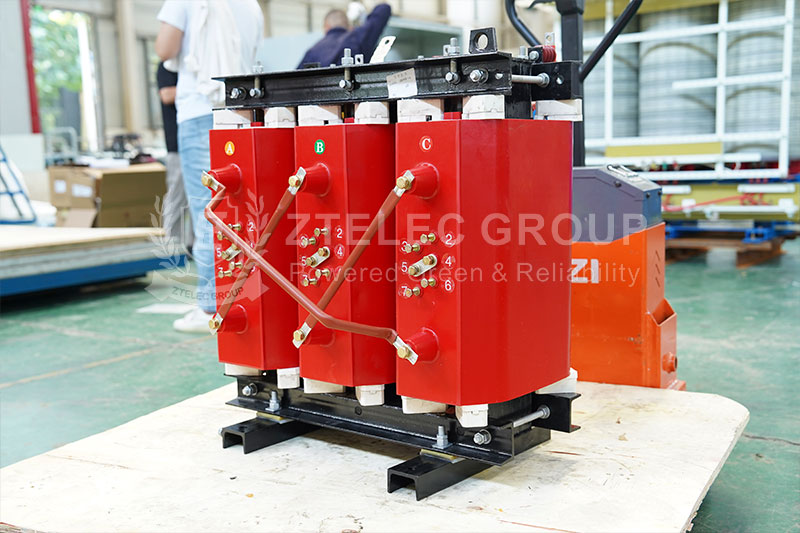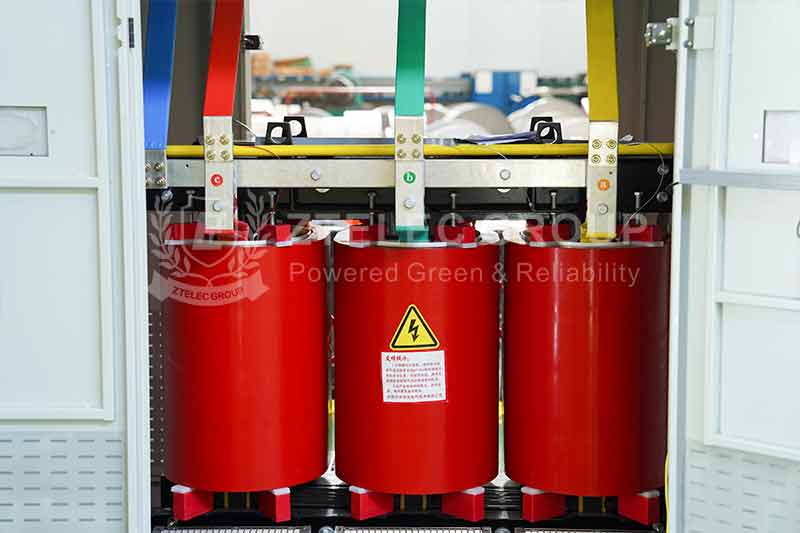Understanding Medium Voltage Dry-Type Transformers: Features and Benefits
Medium voltage dry-type transformers (MVDTs) are essential components in electrical distribution systems, particularly in industrial and commercial applications. They provide reliable voltage transformation while minimizing environmental and safety concerns associated with oil-filled transformers. This article explores the features and benefits of MVDTs, highlighting why they are a popular choice in modern electrical systems.

dry-type transformers
Features of Medium Voltage Dry-Type Transformers
1. Construction and Design: MVDTs are constructed with solid insulation materials, typically epoxy or resin, that encapsulate the windings. This design eliminates the need for cooling oils, making them safer and more environmentally friendly.
2. Voltage Ratings: These transformers are available in a range of voltage ratings, typically from 1 kV to 35 kV, making them suitable for various applications, from commercial buildings to industrial plants.
3. Cooling Mechanism: MVDTs utilize natural air cooling (AN) or forced air cooling (AF) methods, allowing for efficient heat dissipation. This feature is crucial in maintaining optimal performance and longevity.
4. Low Noise Operation: Unlike oil-filled transformers, which can generate significant noise, MVDTs operate quietly, making them ideal for use in noise-sensitive environments.
5. Compact Size: The design of MVDTs often results in a more compact footprint compared to traditional transformers, allowing for easier installation in space-constrained areas.
dry-type transformers
Benefits of Medium Voltage Dry-Type Transformers
1. Safety: One of the primary advantages of MVDTs is their enhanced safety. The absence of flammable liquids reduces the risk of fire and environmental contamination, making them safer for both personnel and the environment.
2. Low Maintenance Requirements: MVDTs generally require less maintenance than their oil-filled counterparts. Their robust construction and solid insulation reduce the likelihood of failures, leading to lower operational costs over time.
3. Environmental Impact: With no oil to leak or spill, dry-type transformers have a significantly lower environmental impact. They are ideal for use in sensitive areas where contamination risks must be minimized.
4. Versatility: MVDTs can be used in a variety of applications, including power generation, distribution, and renewable energy systems. Their adaptability makes them suitable for numerous industries, including manufacturing, data centers, and healthcare.
5. Energy Efficiency: These transformers are designed to minimize energy losses, contributing to overall energy efficiency in electrical systems. This feature not only reduces operational costs but also aligns with global sustainability goals.
Medium voltage dry-type transformers are an integral part of modern electrical distribution systems, offering a range of features and benefits that make them a preferred choice for many applications. Their safety, low maintenance, environmental advantages, versatility, and energy efficiency position them as a reliable solution for industries looking to optimize their electrical infrastructure. As technology continues to advance, MVDTs will undoubtedly play a crucial role in the future of electrical distribution, supporting the growing demand for safer and more efficient energy solutions.
- more+releated article
- 2026-01-04Common Power Transformer Faults: Causes, Solut
- 2025-12-312026 New Year Holiday Notice
- 2025-12-31Operation, Maintenance, and Service Life Manag
- 2025-12-30How to Select a 100 kVA–500 kVA Distribution
- 2025-12-29The Impact of NHN NMN Composite Insulation on
- 2025-12-26Practical Application of GPO-3 Insulation Boar
- 2025-12-2510kV Transformer Replacement Timeline: Install
- 2025-12-25Low Smoke EN45545 GPO3 UPGM203 Laminated Board
- 2025-12-24Merry Christmas — ZTelecgroup Christmas Cele
- 2025-12-24How to Select a Suitable 50kVA–500kVA Distri






